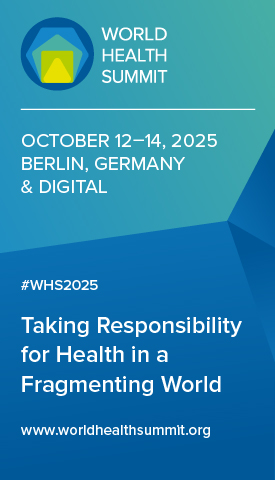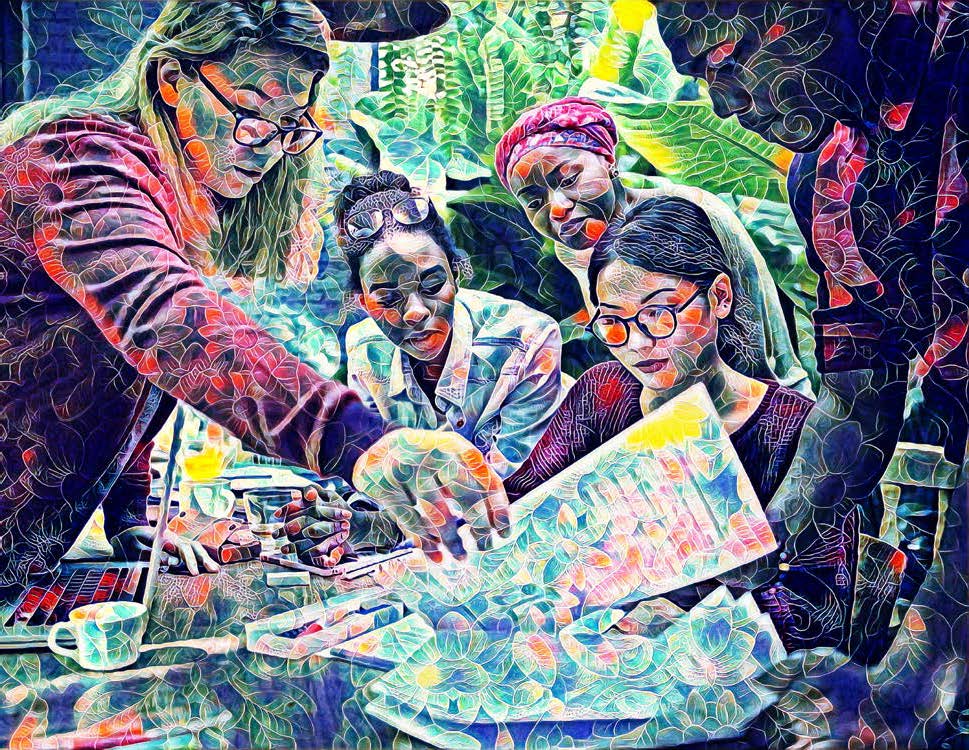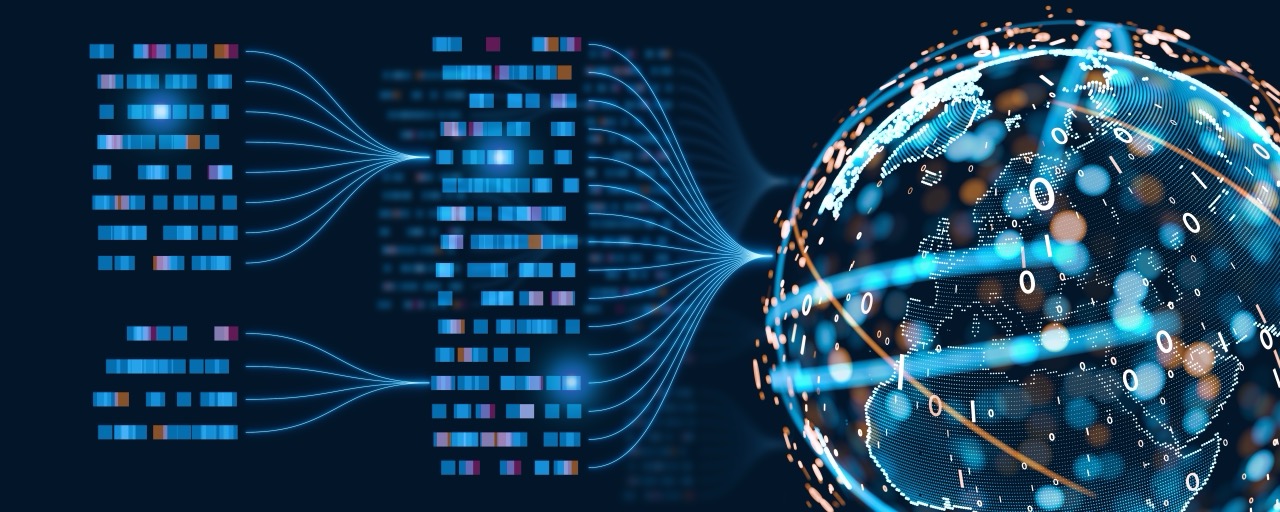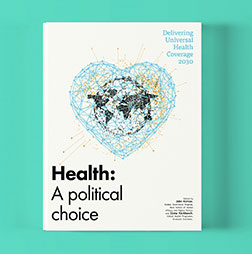Licensing for equity: Why access to medicines needs a new global approach
Access to medicines in low- and middle-income countries has always been an issue but deaths from AIDS catapulted it into the global consciousness. The Covid-19 pandemic reinforced the pressing need for access to health products in LMICs, especially in Africa, and the consequences of its lack.
Some pharmaceutical companies have tried different approaches to access: donations, tiered pricing, second brand, direct bilateral licensing and non-exclusive voluntary licensing. All have their pros and cons. One advantage of licensing to multiple generic manufacturers, through mechanisms such as the Medicines Patent Pool, is creating competition among the manufacturers, typically driving down prices.
Seeing the value of non-exclusive voluntary licensing, especially if the goal is to improve public health, Unitaid established MPP in 2010, to address inadequate access to affordable HIV medicines in LMICs. The model depended on persuading patent-owning pharmaceutical companies to ‘do the right thing’ and give MPP licences to the best new drugs, so it could sub-license them to generic companies to make high-quality, affordable versions and, where needed, develop new formulations to meet LMIC needs, such as fixed dose combinations and paediatric formulations. The importance of civil society, governments and key public health institutions such as the World Health Organization in bolstering that persuasion cannot be overestimated.
This success led MPP to expand into hepatitis C and tuberculosis in 2015 and then into essential medicines across health in 2018. However, whereas voluntary licensing has become widely accepted as an access strategy for infectious diseases, it has not for non-communicable diseases: more than 50 billion doses of infectious disease medicines have been manufactured and delivered under licences from MPP, while few have for NCDs.
This is due to less advocacy for NCDs, an apparent split in how pharmaceutical companies think about infectious and non-communicable disease medicines, as well as a lack of precedent for the model, availability and affordability, the complexity of the new NCD drugs, and, since 2020 an extremely volatile public health environment.
A proven model
Indeed, given today’s pricing and tariff pressures, the pharmaceutical industry may be more concerned with income than access. It is therefore necessary to show that access and income are not mutually exclusive. In upper-middle-income countries, where originator companies have been unable to sell significant volumes at their lowest acceptable price, fixed royalties can provide a commercially attractive solution. At the same time, affordable prices are viable for governments, enabling them to purchase large quantities.
The 2020 MPP agreement with ViiV Healthcare is a fine example of a win-win-win solution, because, most importantly, people living with HIV in Azerbaijan, Belarus, Kazakhstan and Malaysia now have access to the best HIV treatment available.
The size of royalties can financially incentivise pharmaceutical companies; so too does the timing. There is a long lag between when essential medicines are launched in the US and when they are launched in LMICs – an average of 4.5 years for upper-middle-income countries, 6.9 years for lower-middle-income countries and 8 years for low-income countries. In some cases, it is very much longer. The 2024 Access to Medicines Index shows that 49% of the products analysed were not registered in any of the countries with the highest disease burden. Early licensing could therefore produce an income stream through royalties much earlier – or even where there will be none.
A report in 2024 funded by MPP, the Government of Canada and the World Intellectual Property Organization showed that other financial benefits from voluntary licensing for pharmaceutical companies included staff attraction and retention and market opening. The more that the pharmaceutical industry understands that voluntary licensing is not a give-away but rather a commercial opportunity, the more willing companies will be to consider it.
Preparation is key
The Pandemic Agreement frequently references licensing and technology transfer as important mechanisms for addressing the next pandemic equitably. Optional benefits are also proposed in Article 12 on Pathogen Access and Benefit Sharing. Governments commit to including such access instruments in public funding agreements and to encouraging the private sector to do more licensing and technology transfer. Where the pharmaceutical industry cannot be persuaded of the financial benefits of so doing, companies may need to be incentivised. Governments could consider several options, including direct incentives, reimbursement packages that include access and regulatory incentives.
But technology transfer cannot happen overnight. For companies in LMICs to be able to receive technology during a pandemic, they need to be capacitated well in advance, and their facilities and staff need to be ‘kept warm’ by continuing to produce products. A good example of how multilateral technology transfer to LMICs can work is the WHO/MPP-led mRNA Technology Transfer Programme, which has set up mRNA capability in 15 LMICs and is currently moving to its second phase to ensure the facilities are indeed ready.
However, to believe that the entire onus of technology transfer and licensing should fall on governments or private entities in high-income countries is to perpetuate a dependency culture with its inherent dangers, as evidenced by the dislocations resulting from recent reductions in official aid. The mRNA programme, for example, supports South-South research and development consortia, some involving entities from HICs and some of which do not. LMIC governments need to see licensing and technology transfer as a series of partnerships, including considering incentivising participation in licences and technology transfer, increasing expenditure on health as a proportion of gross domestic product and upskilling national regulatory authorities. In particular, it is important that LMIC governments support these partnerships by buying the products produced.
Licensing and technology transfer can provide affordable access, and contribute to health security and economic development. The key is to ensure the participation of all the key stakeholders – high-income governments, low- and middle-income governments, the pharmaceutical industry, the generics industry, and civil society and affected communities – in shaping the solutions. The fact that the different stakeholders have different goals does not mean this cannot be a win for everyone; it merely means that the solutions will require compromises.












